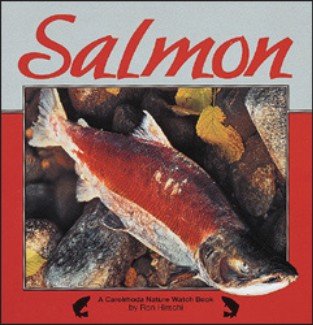-
Great Apes
Barbara Taylor
Hardcover (Anness, April 1, 2001)This book investigates every aspect of their lifestyles and the similarities and differences between gorillas, orangutans, bonobos, chimpanzees and humans. L
L
-
An Ant Colony
Heiderose Fischer-Nagel, Andreas Fischer-Nagel
Library Binding (Carolrhoda Books, May 1, 1989)Describes the life cycle and community life of ants. Q
Q
-
Nature Watch: Elephants
Barbara Taylor
Hardcover (Lorenz Books, March 18, 2008)Elephants are the gentle giants that dominate the continents of Africa and Asia. This fascinating guide offers an amazing insight into the lives of these intelligent and mysterious creatures. V
V
-
Bears and Pandas
Michael Bright
Hardcover (Lorenz Books, Dec. 1, 1999)Five focus sections allow you to abserve detailed aspects of bear and panda life, such as the behavior of the giant brown bear migration brings a town in Canada to standstill. W
W
-
Nature Watch: Whales & Dolphins
Robin Kerrod
Hardcover (Lorenz Books, March 18, 2008)Whales and dolphins are our closest living relatives in the underwater world. This comprehensive guide offers an incredible insight into the exciting lives of these mysterious mammals. You can learn how to tell the difference between whales and dolphins. You can discover what whales and dolphins eat, why certain species feed co-operatively, and why many of the largest whales filter and skim water for their food. Exciting feature spreads allow you to observe detailed and dramatic aspects of whale life, such as a killer whale attacking a seal for food. * This book covers all aspects of cetacean life and biology, including relative size, bones, survival, hunting and feeding, intelligence, sounds and song, breeding, swimming, migration, conservation, and much more. * It has special focus features take an in-depth look at particular aspects of the species, such as a bottlenose dolphin giving birth or a humpback whale filter-feeding. * It is packed with amazing wildlife images from some of the world's top natural history photographers. * Detailed cross-sections and diagrams reveal the complex inner workings of a whale's body. * It is an ideal reference guide for use at home or school for 8- to 12-year-olds. V
V
-
Guinea Pigs
Elvig Hansen
Library Binding (Carolrhoda Books, May 1, 1992)Describes the physical characteristics, habitat, and life cycle of the guinea pig S
S
-
Nature Watch: Crocodiles
Barbara Taylor
Hardcover (Lorenz Books, March 16, 2010)In the murky swamps of the world's tropical regions dwells a group of primitive but deadly reptiles - the crocodilians. This exciting and informative book investigates every aspect of their lifestyles, and the differences between alligators, gavials, crocodiles and caimans. V
V
-
Insect Societies: Nature Watch
Jen Green
Hardcover (Lorenz Books, Dec. 14, 2002)This beautifully illustrated book explores the extraordinary lifestyles of ants, bees, wasps and termites. V
V



